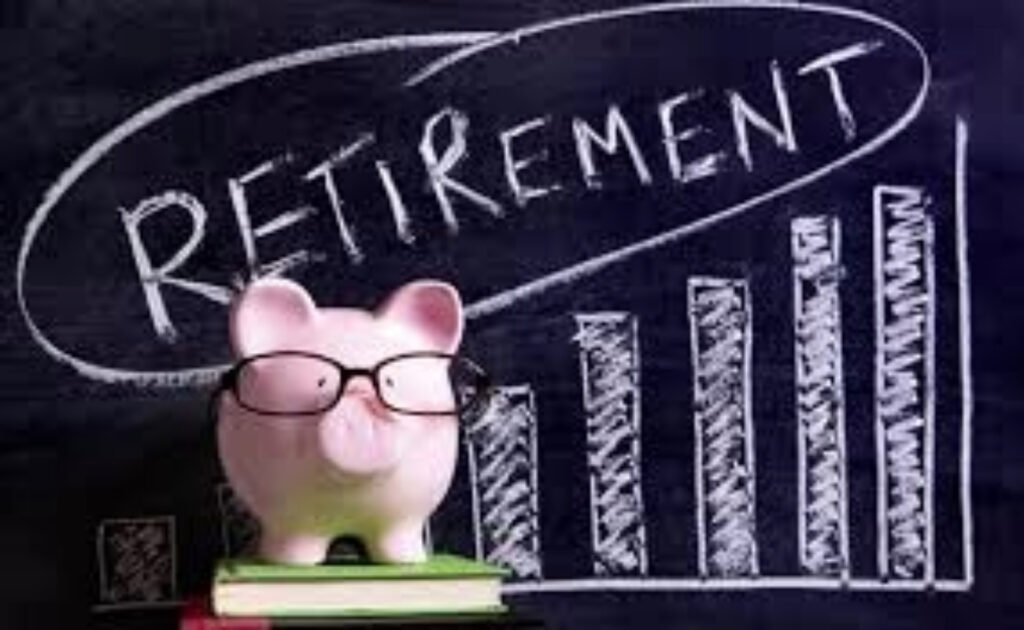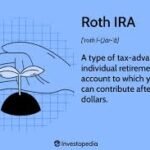Retirement planning can feel overwhelming, but combining a Roth IRA with a pension might be the ultimate strategy for a secure and tax-efficient future. While pensions provide steady income, a Roth IRA offers flexibility and tax-free growth. Together, they create a powerful retirement duo.
In this article, we’ll explore:
- How pensions and Roth IRAs work
- The benefits of combining them
- Tax advantages of this strategy
- Who should consider this approach
- Potential drawbacks to watch for
- Low-competition keywords to help you research further

How Pensions and Roth IRAs Work
What Is a Pension?
A pension plan (also called a defined benefit plan) is a retirement account funded by employers, guaranteeing a fixed monthly payout in retirement. Pensions were once common but are now mostly found in government jobs, unions, and some large corporations.
Key Features of Pensions:
- Employer-funded (though some require employee contributions)
- Provides a lifetime income stream
- Payouts are based on salary and years of service
- Typically taxed as ordinary income
What Is a Roth IRA?
A Roth IRA is an individual retirement account funded with after-tax dollars. Unlike traditional IRAs or 401(k)s, Roth IRAs offer tax-free withdrawals in retirement.
Key Features of a Roth IRA:
- Contributions are made post-tax (no upfront tax break)
- Investments grow tax-free
- Qualified withdrawals (after age 59½ and 5-year holding period) are tax-free
- No required minimum distributions (RMDs) during the account holder’s lifetime
Why Combining a Roth IRA + Pension Is Powerful
1. Tax Diversification
Pensions provide taxable income, while Roth IRA withdrawals are tax-free. This tax diversification helps manage your tax burden in retirement, allowing you to strategically withdraw from each account to stay in a lower tax bracket.
Example:
- If your pension covers basic living expenses, you can pull additional funds from your Roth IRA tax-free, avoiding higher tax rates.
2. Protection Against Rising Taxes
With national debt soaring, future tax hikes are possible. Since Roth IRA withdrawals are tax-free, you’re shielded from potential increases in income tax rates.
3. No Required Minimum Distributions (RMDs)
Pensions force taxable distributions, and traditional IRAs/401(k)s require RMDs starting at age 73 (under SECURE Act 2.0). Roth IRAs have no RMDs, allowing your money to grow longer.
4. Flexibility in Retirement Spending
Pensions provide stability, but Roth IRAs offer liquidity. Need extra cash for travel or emergencies? A Roth IRA lets you withdraw contributions (not earnings) anytime, penalty-free.
5. Hedge Against Pension Cuts
Some pensions face underfunding risks. A Roth IRA acts as a backup, ensuring you’re not solely reliant on pension payouts.

Who Should Consider This Combo?
This strategy works best for:
✅ Government employees (teachers, firefighters, military) with pensions
✅ Union workers with defined benefit plans
✅ High earners who expect to be in the same or higher tax bracket in retirement
✅ Early retirees who want penalty-free access to contributions
✅ Those worried about future tax increases
Potential Drawbacks to Watch For
1. Income Limits on Roth IRAs (2024)
- Single filers: Phase-out starts at $146,000 (full contribution up to $138,000)
- Married filing jointly: Phase-out starts at $230,000 (full contribution up to $218,000)
Solution: Use a Backdoor Roth IRA (convert a traditional IRA to Roth) if you exceed income limits.
2. Pension May Reduce Roth IRA Benefits
If your pension covers all expenses, you might not need Roth withdrawals, delaying tax-free growth.
3. Lack of Employer Match
Unlike a 401(k), Roth IRAs don’t offer employer matches—so maximize pension benefits first.
Final Verdict: Is This the Ultimate Retirement Combo?
For those with access to a pension, adding a Roth IRA creates a balanced, tax-efficient retirement plan. The pension ensures stable income, while the Roth IRA provides flexibility, tax-free growth, and protection against future tax hikes.
Action Steps:
- Maximize your pension benefits—understand your payout options.
- Contribute to a Roth IRA (or use a Backdoor Roth if income is too high).
- Diversify investments within your Roth IRA for growth.
- Plan tax-smart withdrawals to minimize lifetime taxes.
By leveraging both a pension and Roth IRA, you can enjoy a secure, tax-optimized retirement.


